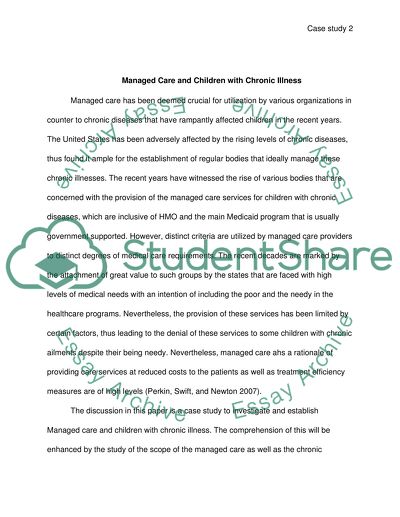Cite this document
(“Managed care and children with chronic illness Case Study”, n.d.)
Retrieved from https://studentshare.org/geography/1420702-managed-care-and-children-with-chronic-illness
Retrieved from https://studentshare.org/geography/1420702-managed-care-and-children-with-chronic-illness
(Managed Care and Children With Chronic Illness Case Study)
https://studentshare.org/geography/1420702-managed-care-and-children-with-chronic-illness.
https://studentshare.org/geography/1420702-managed-care-and-children-with-chronic-illness.
“Managed Care and Children With Chronic Illness Case Study”, n.d. https://studentshare.org/geography/1420702-managed-care-and-children-with-chronic-illness.


